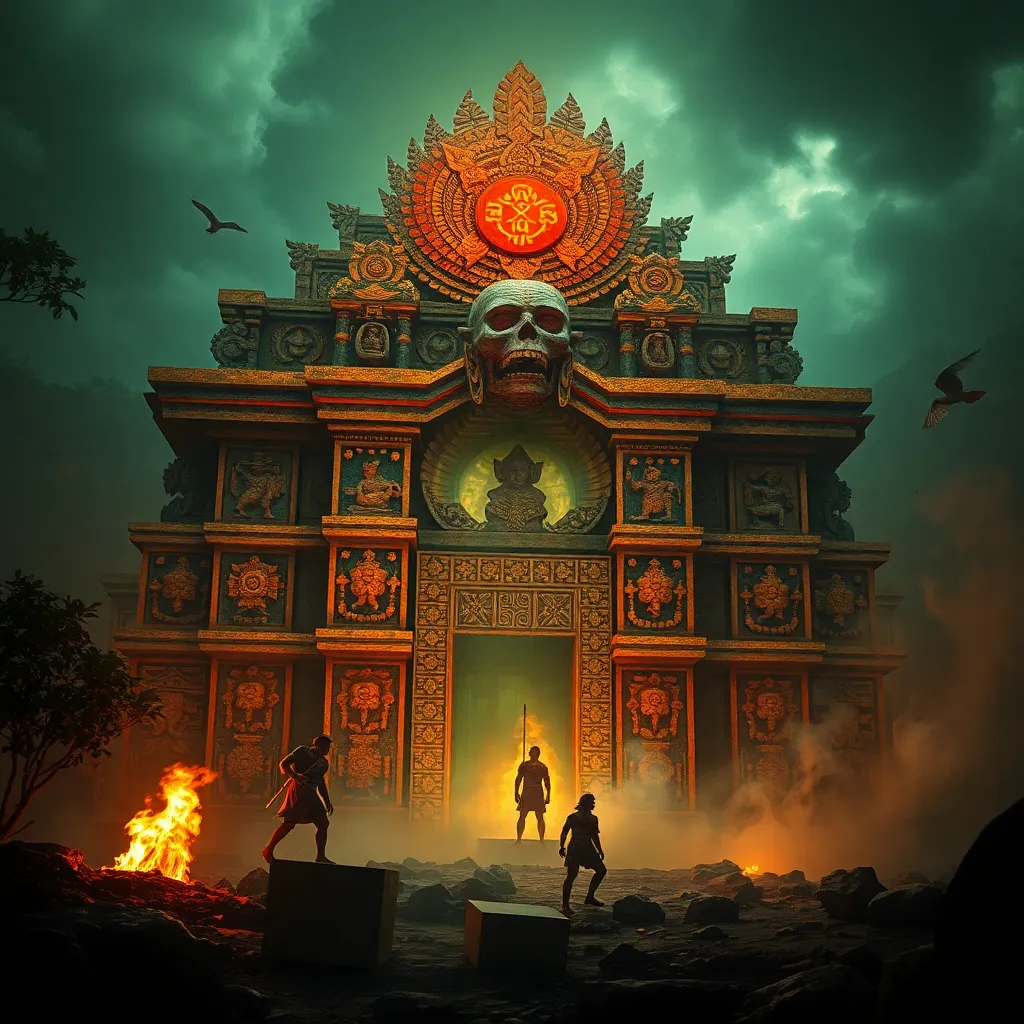The Baku: A Modern Perspective on Dream Consumption and its Symbolism
I. Introduction
The Baku, a mythical creature from Japanese folklore, is renowned for its unique ability to consume dreams. In a cultural context, the Baku symbolizes the intersection of dreams and reality, serving as a protective guardian against nightmares. This article aims to explore the concept of dream consumption, its significance across various societies, and the evolving interpretations of the Baku in modern times.
II. Historical Background of the Baku
The origins of the Baku can be traced back to Chinese mythology, where it is depicted as a hybrid creature with the body of a bear and the features of an elephant. Over the centuries, the Baku has become associated with dream interpretation and protection, particularly in Japanese culture.
As the Baku’s role evolved, it began to represent a means of warding off nightmares. This protective aspect became particularly significant during the Edo period in Japan, where people would place images of the Baku in their homes to safeguard their dreams.
Across different regions, the Baku has maintained cultural significance, appearing in various forms of art, literature, and folklore. Its evolution reflects the changing attitudes toward dreams and their interpretations across cultures.
III. The Concept of Dream Consumption
Dream consumption refers to the process by which dreams are absorbed, interpreted, and sometimes altered. This concept encompasses both the psychological and emotional aspects of dreaming, highlighting how dreams can influence waking life.
Historically, societies have viewed dreams as messages from the divine, reflections of the subconscious, or prophetic visions. This varied understanding has shaped how dreams are consumed and interpreted.
- In ancient cultures, dreams were often seen as omens.
- In modern psychology, dreams are viewed as a window into the subconscious mind.
- Many cultures have developed rituals around dream interpretation.
IV. Baku in Modern Culture
In contemporary media, the Baku has found representation in various forms, from animation to literature. These modern depictions often reimagine the Baku, blending traditional symbolism with contemporary themes.
For instance, in anime and manga, the Baku often appears as a protector figure, embodying the hope of overcoming fears and nightmares. In literature, the Baku serves as a symbol of resilience and the human spirit’s ability to confront adversity.
Globalization has played a significant role in reshaping the perception of the Baku. As cultures intermingle, the Baku has transcended its Japanese origins, influencing and being influenced by other cultures’ interpretations of dreams.
V. Symbolism of the Baku
The Baku is rich in symbolism, primarily representing protection against nightmares. This protective aspect is crucial in many cultures, where the fear of nightmares is prevalent.
Additionally, the Baku embodies a duality: it consumes nightmares while simultaneously creating a space for positive dreams. This duality can be seen as a metaphor for the challenges and aspirations that individuals face in their waking lives.
Modern anxieties, such as stress and existential dread, can also be reflected in the symbolism of the Baku. As people grapple with their fears and desires, the Baku serves as a reminder of the strength found in confronting one’s nightmares.
VI. The Baku and Mental Health
Exploring the therapeutic role of dream interpretation reveals the Baku’s relevance in addressing mental health issues. The process of understanding and interpreting dreams can provide valuable insights into an individual’s psyche.
The Baku’s symbolism can be particularly potent for those dealing with anxiety, depression, or trauma. By embodying the act of consuming nightmares, the Baku encourages individuals to confront their fears and work through their emotional struggles.
Case studies show that individuals who incorporate Baku symbolism into their lives often report personal growth and healing. This practice emphasizes the importance of dreams in understanding one’s self and emotional state.
VII. Cross-Cultural Comparisons
Similar dream entities can be found in other cultures, each carrying its significance. For example, in Native American cultures, the concept of the “dreamcatcher” serves to filter out bad dreams while allowing good dreams to pass through.
Comparative analysis reveals that while these entities differ in form and function, they share a common purpose: to protect individuals from the negative aspects of dreaming.
- The Baku in Japan: A dream-consuming creature.
- Dreamcatchers in Native American culture: A protective web for dreams.
- In Hindu mythology, there are references to dream deities that protect the dreamer.
Globalization has facilitated a greater exchange of these cultural symbols, enriching the understanding of dreams across different societies and fostering a more inclusive view of dream interpretation.
VIII. Conclusion
In summary, the Baku remains a relevant and powerful symbol in modern society. Its protective role against nightmares and its representation of personal growth highlight the enduring significance of dreams and their interpretations.
As society continues to evolve, the Baku’s symbolism may adapt, reflecting contemporary anxieties and aspirations. The future of the Baku and concepts of dream consumption will likely continue to inspire individuals seeking to understand themselves and navigate the complexities of modern life.



